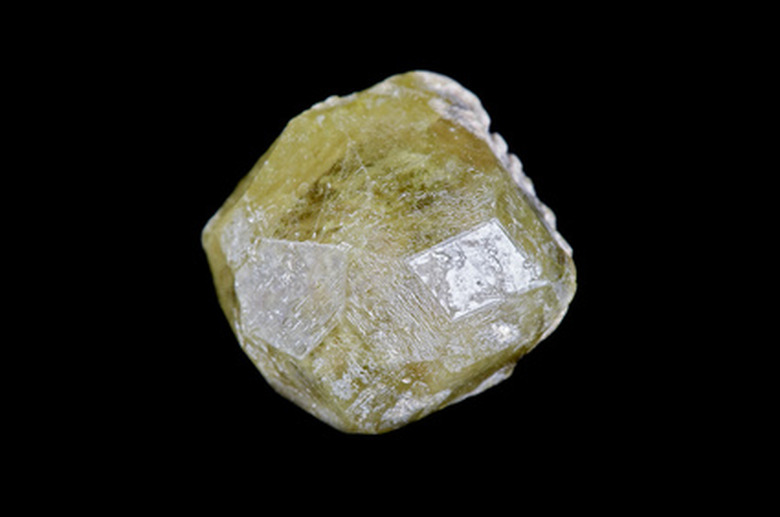Interesting Facts About Garnet
Garnet, the January birthstone, has had a place in history for centuries as a gemstone, talisman or sacred stone. Today the stones are used as abrasives. More popular today than ever, some new varieties are only recently available. As garnets were historically thought to be able to stop bleeding, protect against poison and provide prosperity, it is no wonder this gemstone has remained popular and important for so long.
Types
Types
Garnets, best known as gemstones by most people, are a mineral group with chemical and physical properties which are closely related to one another. Six main garnet types are used for gemstones: almandine, andradite, grossularite, pyrope, spessartine and uvarovite.
Descriptions
Descriptions
Almandine garnets are the most common and frequently used gem. Usually faceted, the red, fiery color is displayed in the brilliant cut. Andradite comes in three gem quality types: demantoid, melanite and topazolite. The most valuable of the garnets, demantoid is rare. Topazolite seldom is made into jewelry as it rarely is large enough to make faceting worthwhile. Melanite no longer has any gem use, although it was once used in mourning jewelry. Grossular garnet, when pure, is colorless, however it also is the garnet with the most color variations due to the impurities it picks up. Pyrope, with a blood-red, dark color, often is inclusion free. This distinct garnet is the most famous variety. Spessartine, an uncommon and less well known garnet, is not often found in the type of quality to use as a gem although cabochons may be cut from it. Uvarovite is seldom used as a gem as it occurs only as small crystals. Occasionally this rare garnet will be faceted into a gem for a collector but usually if it is big enough for that it becomes a mineral specimen instead.
Geography
Geography
African countries are the source of most garnets; however, India, Brazil, Sri Lanka, Central America, South America and the United States also produce them. Rock formations that are igneous or metamorphic are where garnets form with alluvial deposits producing the highest quality stones as a rule.
History
History
Found in the ruins of ancient Greece, Rome and Egypt, garnet jewelry has been in use for centuries. One of the biblical 12 tribes of Israel used garnet as a symbol. Garnet gets its name from the ancient Romans who used a Latin word for pomegranate. In 1500 Czechoslovakia began a cutting and jewelry industry which remained the largest gem garnet source in the world until the 19th century.
Misconceptions
Misconceptions
Mention garnets and most people think of a dark, red stone, but garnets come in every color except blue.
Fun Facts
Fun Facts
In Kashmir in 1892, the Hunzas used garnet bullets to fight the British, in the belief that garnets were deadlier than lead.
Cite This Article
MLA
Craig, Diane. "Interesting Facts About Garnet" sciencing.com, https://www.sciencing.com/interesting-garnet-6121985/. 24 April 2017.
APA
Craig, Diane. (2017, April 24). Interesting Facts About Garnet. sciencing.com. Retrieved from https://www.sciencing.com/interesting-garnet-6121985/
Chicago
Craig, Diane. Interesting Facts About Garnet last modified March 24, 2022. https://www.sciencing.com/interesting-garnet-6121985/
